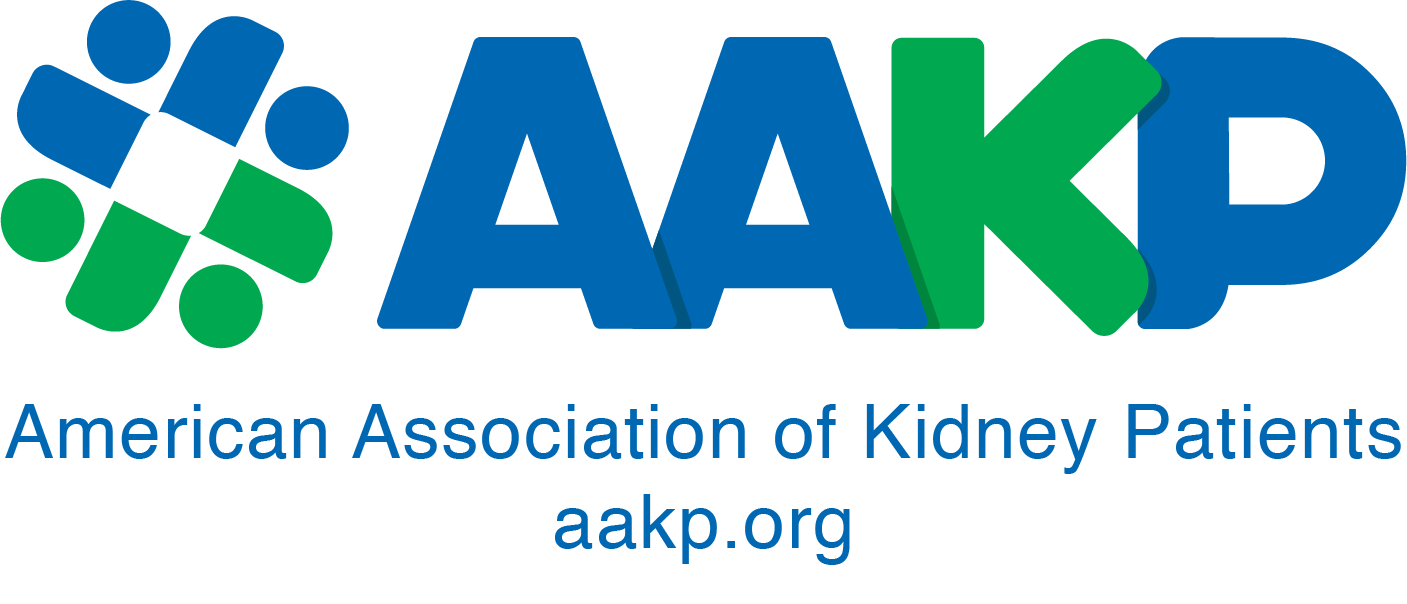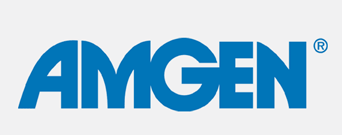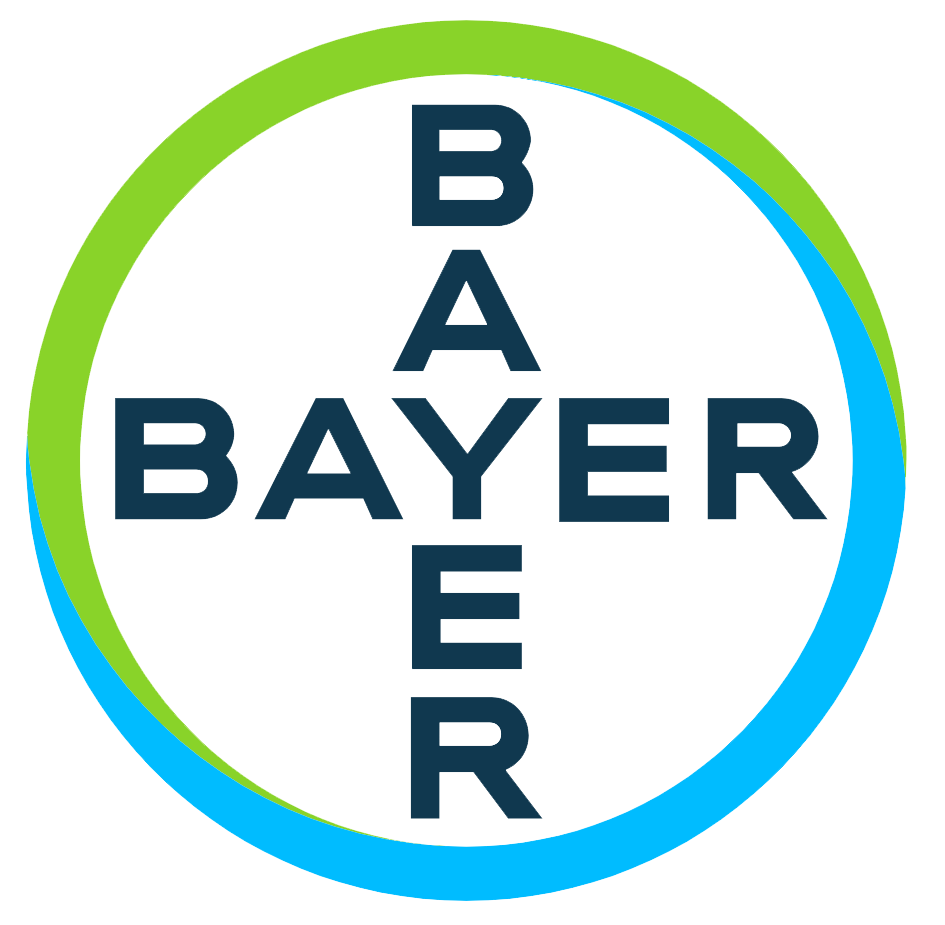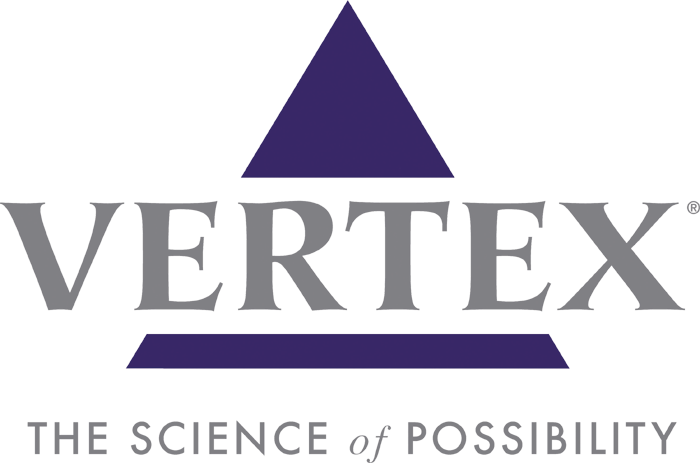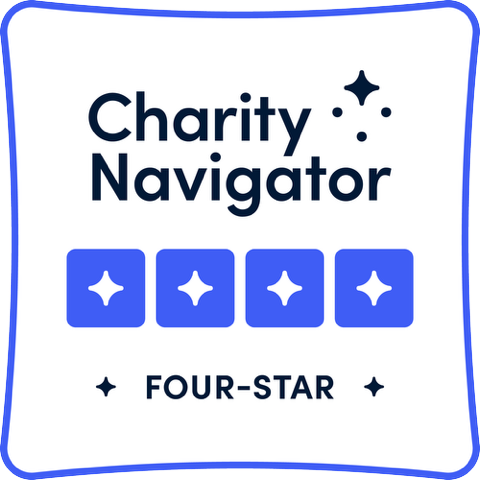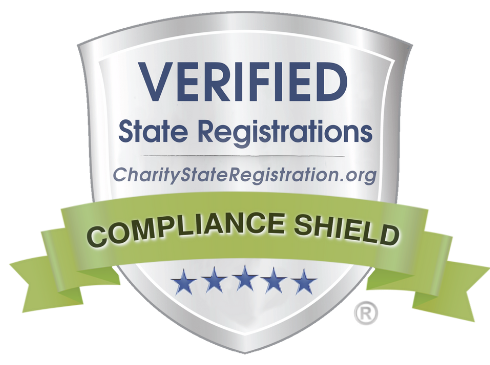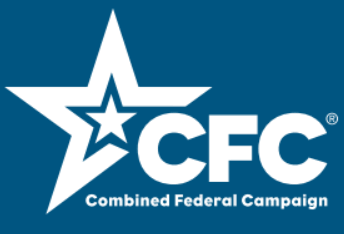By Matthew M. Goodwin, PharmD, MBA, Vice President, Medical Affairs, scPharmaceuticals Inc
The primary function of the kidneys is to maintain the right balance of salt and fluid in your body. They do this by removing waste products and extra fluid through the production of urine. Chronic kidney disease (CKD) is a progressive disease characterized by the slow loss of kidney function over time, which makes it harder for kidneys to process salt as they normally would. As a result, fluid can collect in parts of your body. When this occurs, it is called fluid buildup or edema. As CKD gets worse over time, your risk of having fluid overload is higher. In addition, this extra fluid can put pressure on your heart causing it not to pump as well, which can make fluid buildup even worse.

When fluid builds up, it can cause symptoms such as
• Rapid weight gain
• Shortness of breath during activity
• Trouble sleeping or discomfort when lying down
• Swelling mostly in the feet, ankles, legs, fingers, and stomach area, which can become painful
• Increased risk of skin ulcers and infection
What can happen if fluid buildup is not managed
• Increased risk of being hospitalized
• Increased risk of high blood pressure
• Increased risk of heart failure
• Faster worsening of CKD and progression to dialysis
• Reduced quality of life
WAYS TO MANAGE FLUID BUILDUP FROM KIDNEY DISEASE
Consider kidney-friendly lifestyle habits—such as eating a healthy diet and managing fluid intake—to help manage fluid buildup caused by kidney disease. Diet and fluid restrictions are common for people with CKD. Remember that in most cases you don’t have to change overnight, and there are many resources that can help you find healthy alternatives that are still satisfying. Consider consulting with a dietitian that specializes in renal/kidney disease. Visit eatright.org to find a nutrition expert near you.
Avoid sodium
Because sodium (salt) can cause your body to hold water, your care team may also ask you to limit how much sodium you eat. Most of the sodium we eat is already in prepared or packaged foods. Did you know that processed and restaurant foods are high in salt? Americans get about 70% of their daily sodium from processed and restaurant foods. Although it is wise to limit your use of added table salt while cooking, only a small amount of the sodium we consume each day actually comes from the saltshaker. Check with your health care provider about the amount of sodium you should have in your diet.
If your care team has asked you to restrict sodium, you can start by:
• Increasing the number of whole foods you consume. This means more fruits and vegetables, and reducing the number of packaged foods that you consume.
• Using low salt recipes when cooking at home.
• Choosing packaged foods carefully by checking the labels for sodium content.
• And finally, carefully selecting condiments, as many sauces, dressings, dips, ketchup, and pickles are very high in sodium.
Here are some tips for reading labels to be sure you are choosing lower sodium foods:
• Salt is listed as “sodium” on the Nutrition Facts Label.
• Sodium shows up in many forms, so look for words like sodium chloride, monosodium glutamate (MSG), brine, broth, corned, or pickled.
• Choose poultry that has not been injected with sodium solution. Read the package and look for terms like broth, saline, or sodium solution.
• When choosing canned vegetables, soups, and other canned goods, opt for labels with “no salt added.”
Decrease fluid intake
If your care team asks you to restrict your fluid intake, or drink less, find ways to restrict fluid but still enjoy what you’re eating. Your care team will tell you how much fluid you should have each day. Remember, fluid isn’t just what you’re drinking— it can be in food too.
Below are a few tips that you might find helpful:
• Freeze grapes or other fruit and chew on them during the day.
• Keep your mouth moist by brushing your teeth several times a day.
• Wait 10 minutes until the fluid craving passes.
• Keep yourself cool on hot days and avoid getting overheated. Use a mist bottle with a fan attached if outdoors on hot days.
MEDICATIONS TO MANAGE
FLUID BUILDUP
A diuretic is typically given to manage fluid buildup associated with CKD. It controls how much salt and water you have in your body and will increase your urination to get rid of the extra fluid. This medicine can be given orally (sometimes referred to as a water pill), subcutaneously (delivered through the skin via a wearable device), or intravenously (IV).
To keep your body in balance, your doctor may change how much oral diuretic you take from day to day. If your oral diuretic does not resolve the fluid buildup, your doctor may suggest a subcutaneous diuretic or IV diuretic that can be delivered at home or in the hospital. Subcutaneous and IV diuretics avoid the digestive tract, so it works quickly to reset your body’s fluid levels, so you can go back to taking your oral diuretic.
SUMMARY
Your care team will work with you to create the best plan for managing fluid buildup associated with chronic kidney disease. It is important to take your medications as prescribed, and you should always discuss the side effects and possible drug interactions of any new medication with your healthcare provider. Sometimes, fluid buildup can happen even when you are doing your best to stay healthy. Talk to your care team as soon as you notice any signs of fluid buildup. The earlier you let your care team know, the better chance you have to stay at home for treatment.
Matthew M. Goodwin, PharmD, MBA, BCMAS – Vice President, Medical Affairs
Matt has over 15 years’ experience in the pharmaceutical industry working within Medical Affairs in the therapeutic areas of Cardiology, Infectious Disease and Gastroenterology. In his current role as VP, Medical Affairs at scPharmaceuticals, he is responsible for developing strategy and leading the internal and field-based Medical Affairs team. Matt received his Doctorate of Pharmacy and MBA from Drake University in Des Moines, IA and went on to complete a pharmaceutical industry post-doctoral fellowship with Massachusetts College of Pharmacy and Health Sciences and Cubist Pharmaceuticals.

